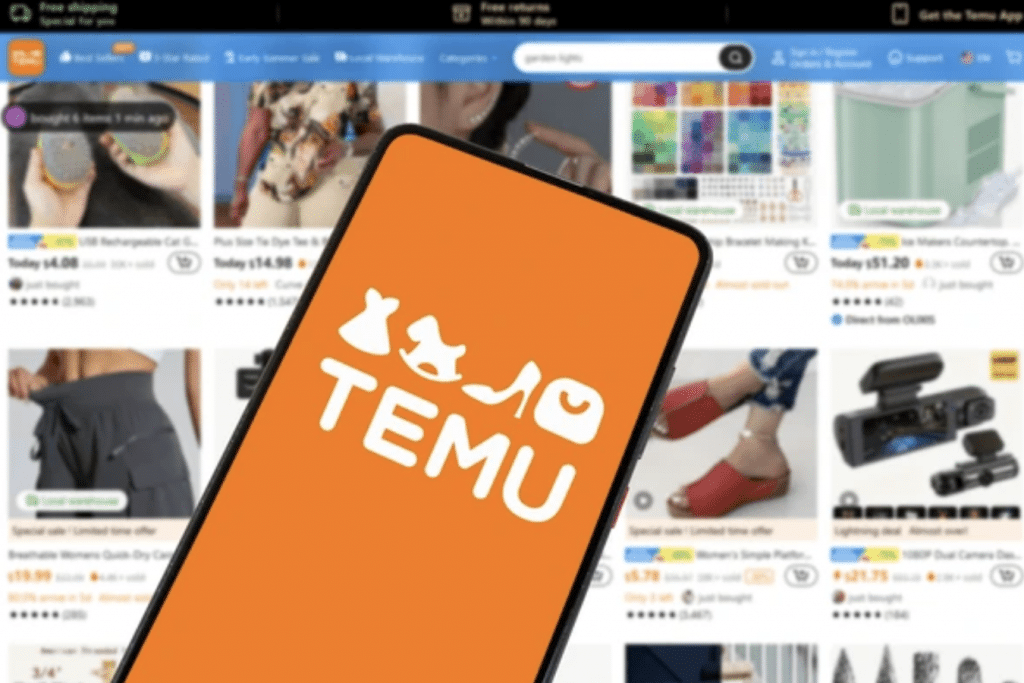Amazon’s New Low-Cost Store: What You Need to Know
Amazon is venturing into new territory once again, this time aiming to compete with discount e-commerce platforms like Temu and Shein. This new low-cost storefront, which Amazon is reportedly developing, seeks to attract price-sensitive shoppers by offering extremely affordable products—think $8 jewelry, $9 bedding, and even sofas for just $20. While this may seem like another exciting opportunity to expand your Amazon business, you need to carefully consider how this low-cost strategy could impact your operations.
The Rise of Low-Cost E-Commerce
Platforms like Temu and Shein have thrived by offering consumers rock-bottom prices on a wide range of products, often shipped directly from manufacturers in China. They have successfully tapped into the growing market for bargain hunting, where consumers are willing to trade speed for cost. Amazon, already a dominant force in e-commerce, is positioning itself to rival these players by leveraging its global reach and vast logistics network. But this new platform will require sellers to make key adjustments to succeed in the low-cost space.

Lower Fees, Lower Prices—But What About Profit Margins?
One of the most attractive aspects of Amazon’s new low-cost storefront is the reduction in fees. Fees are expected to be lower than what sellers usually pay in the traditional Amazon marketplace. This fee structure is crucial for sellers looking to remain competitive with ultra-low prices. For example, Temu’s model thrives on minimal fees, allowing sellers to offer extremely low prices and still see some profit. Amazon’s approach seems to follow suit, meaning sellers will have a better shot at maintaining profitability, even with razor-thin margins.
However, keep in mind that low-cost selling doesn’t just mean lower fees—it also means lower profit margins. Sellers will need to adjust their strategies to thrive in this environment, as the competition will be fierce. Successful sellers in this space will likely be those who can offer high-volume, low-margin products efficiently. If you’re used to selling premium products with hefty margins, this may not be the best fit for your business.
Slower Shipping Times: A Trade-Off to Consider
Amazon’s new low-cost platform will also come with a trade-off—slower shipping times. Reports suggest that shipping on this platform could take anywhere from nine to eleven days, a far cry from Amazon Prime’s two-day or same-day shipping. While some customers may be willing to wait for a great deal, sellers should consider how these extended delivery times might affect customer satisfaction and repeat business.
What This Means for You as an Amazon Seller
For now, access to Amazon’s low-cost storefront is invitation-only, and there is no word on how sellers can join or if this will expand to U.S.-based sellers. So far, invited sellers have been primarily from China, which fits with the platform’s focus on sourcing low-cost products from Chinese manufacturers. While the potential for more sellers to join remains open, Amazon has not confirmed whether sellers outside of China will be able to participate or what the criteria for receiving an invitation will be.
Furthermore, there is no official launch date for this storefront. While we wait for more information, it’s important to stay informed and prepare for potential changes to the marketplace. Consider whether your product offerings could compete in this low-cost space, and be ready to adapt your business strategy if Amazon opens the doors to more sellers.



